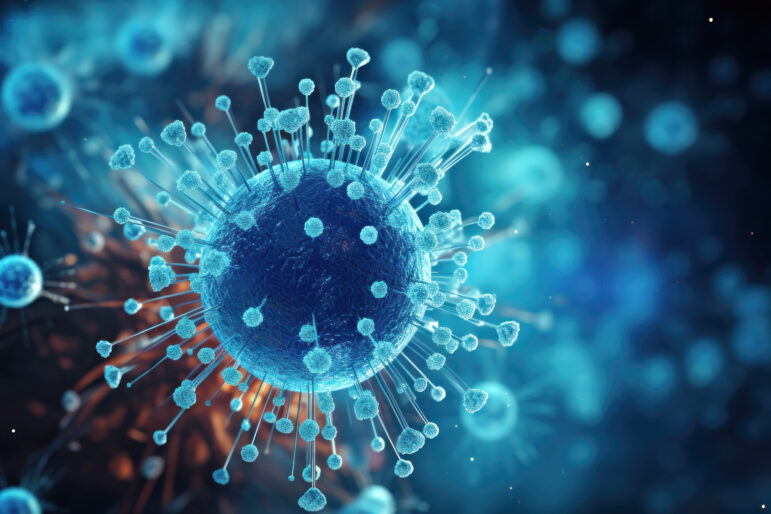In the wake of recent global events, the importance of disinfection has remained centre stage in our daily lives. The world has witnessed a paradigm shift, and with it, the way we approach cleanliness and hygiene has evolved. As the industry continues to move forward, let’s explore the latest trends and advancements in disinfection, shedding light on why it’s more critical than ever.
RELATED: 2024 commercial cleaning trends
How has disinfection evolved and what does the future look like?
The rise of antimicrobial technologies
In our continuing quest for heightened safety, traditional disinfection methods are being complemented by cutting-edge technologies. Antimicrobial coatings, for instance, are gaining popularity for their ability to inhibit the growth of microorganisms on surfaces. From door handles to smartphones, these coatings act as an additional line of defence against the invisible threats we encounter on a daily basis.
UV-C light: a game-changer in disinfection
One of the breakthroughs in the field of disinfection is the use of ultraviolet (UV) light, specifically UV-C light. Known for its ability to kill bacteria and viruses, UV-C light has found relevant applications in various settings, from hospitals to public transportation. Portable UV-C devices are now available, too, providing a convenient way to disinfect personal items and high-touch surfaces.
Smart disinfection systems
The integration of technology doesn’t stop at UV-C light. Smart disinfection systems, equipped with sensors and artificial intelligence, are being deployed in public spaces. These systems can detect high-traffic areas and automatically initiate disinfection processes, ensuring a continuous and proactive approach to hygiene with less labour required.
Smart systems also include surface imaging technology that allows facility managers and cleaning teams to assess surfaces for contamination, visually detect any risks, and fine-tune their cleaning practices for improved environmental monitoring, health and safety assurance, and facility performance. This allows cleaners to better allocate labour and resources where they are needed to get the job done.
Along with smart systems, cloud-based software also exists, providing a management system that allows facility teams to plan, conduct, track, and report site assessments regarding cleaning quality, surface cleaning validation, environmental monitoring, and auditing. With the evidence-based feedback gathered, managers can design and implement proactive and preventative cleaning protocols and processes.
Personal responsibility in a shared space
In today’s interconnected world, the responsibility for maintaining a safe and clean environment belongs to all of us. From workplaces to public spaces, individuals play a crucial role in adhering to hygiene practices. Simple habits such as regular handwashing, sanitizing personal items, and respecting distancing measures contribute significantly to the collective effort to curb the spread of infectious agents.
Navigating the future
In the last few years, disinfection has become a cornerstone of our daily routines, and staying informed about the latest advancements is key to navigating the new norm. As we embrace innovative technologies and eco-friendly solutions, the collective goal remains the same: creating a safer and healthier world for all.
In a world where cleanliness is paramount, staying updated on the latest in disinfection is not just a choice – it’s a necessity.
James Flieler is the VP of Sales North America for Charlotte Products Ltd. He is an industry expert coupled with a high level of enthusiasm, integrity, and common sense. These traits have made him a renowned speaker and trainer for local businesses, key regional players, and national corporations across North America.









